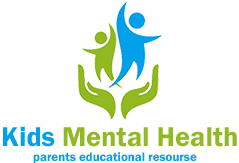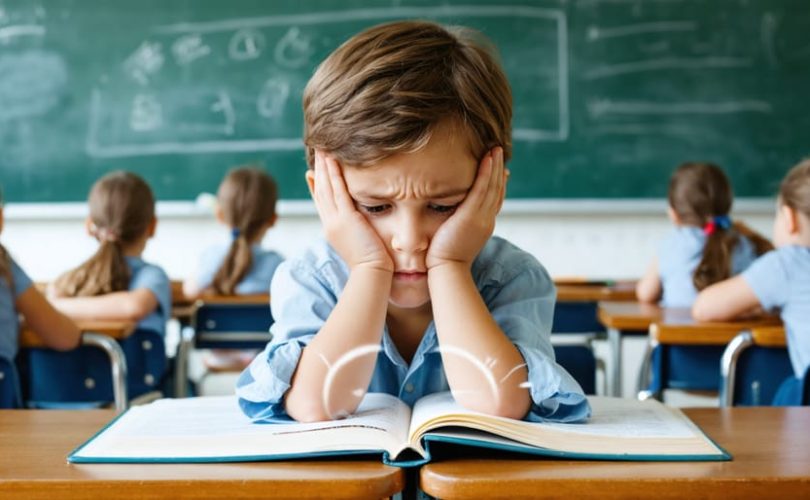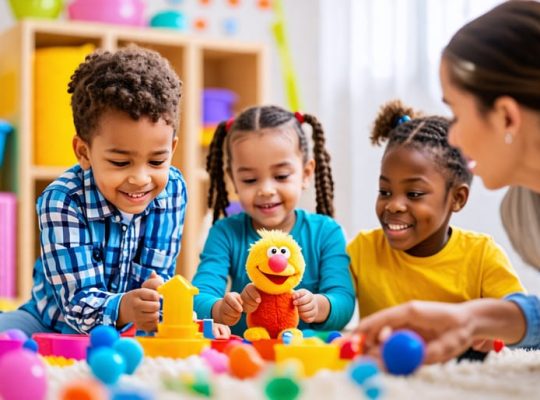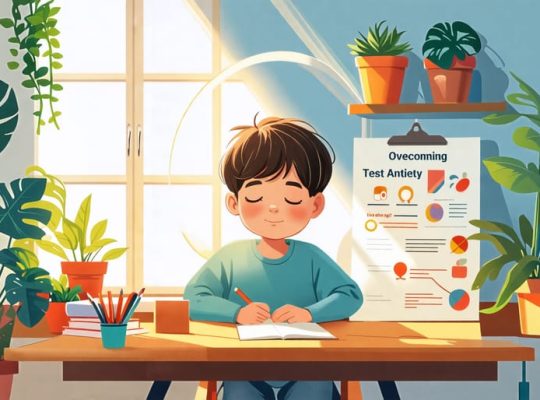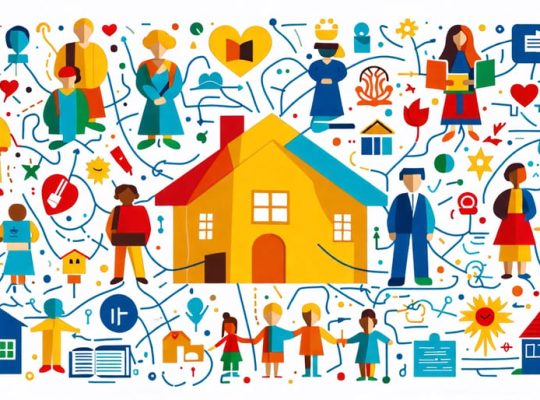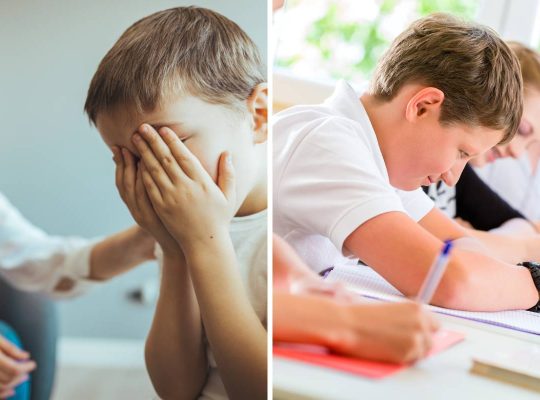According to www.zosanopharma.com and recent studies from leading pediatric researchers, when your child battles migraines, their mental well-being often faces hidden challenges that extend far beyond physical pain. Children with migraines are three times more likely to experience anxiety and depression compared to their peers.
Living with unpredictable migraine attacks can significantly impact a child’s social life, academic performance, and emotional resilience. Parents often notice their once-outgoing children becoming withdrawn, anxious about future attacks, or struggling with feelings of isolation when they can’t participate in regular activities.
Understanding this intricate connection between physical pain and emotional well-being is crucial for providing comprehensive support. While managing the physical symptoms remains essential, addressing the psychological impact of chronic migraines can make a profound difference in your child’s quality of life. By recognizing and actively supporting both aspects of your child’s health, you can help them develop stronger coping mechanisms and maintain better overall well-being.
This guide explores the complex relationship between childhood migraines and mental health, offering practical strategies for parents and caregivers to support their children through both the physical and emotional challenges they face.
Understanding the Mental Health Impact of Childhood Migraines
Anxiety and Depression Risk
Children who experience migraines face a significantly higher risk of developing anxiety and depression in children. Research shows that these young migraine sufferers are about twice as likely to experience mental health challenges compared to their peers who don’t have migraines.
The relationship between migraines and mental health works both ways. The pain and unpredictability of migraines can trigger feelings of worry and sadness, while stress and anxiety can make migraines more frequent or severe. As Sarah, mother of 11-year-old Mason, shares, “When my son started getting migraines, I noticed he became more withdrawn and anxious about school, worried that an attack might happen during class.”
Dr. Jennifer Martinez, a pediatric neurologist, explains: “Children with migraines often develop anticipatory anxiety, constantly worrying about when the next attack might occur. This can lead to avoiding activities they once enjoyed and potentially falling into a cycle of isolation and depression.”
Common warning signs include:
– Increased irritability or mood swings
– Changes in sleeping or eating patterns
– Withdrawal from friends and activities
– Physical complaints beyond migraine symptoms
– Declining school performance
Early recognition of these signs and seeking appropriate support can help break this cycle and improve both migraine management and mental well-being.
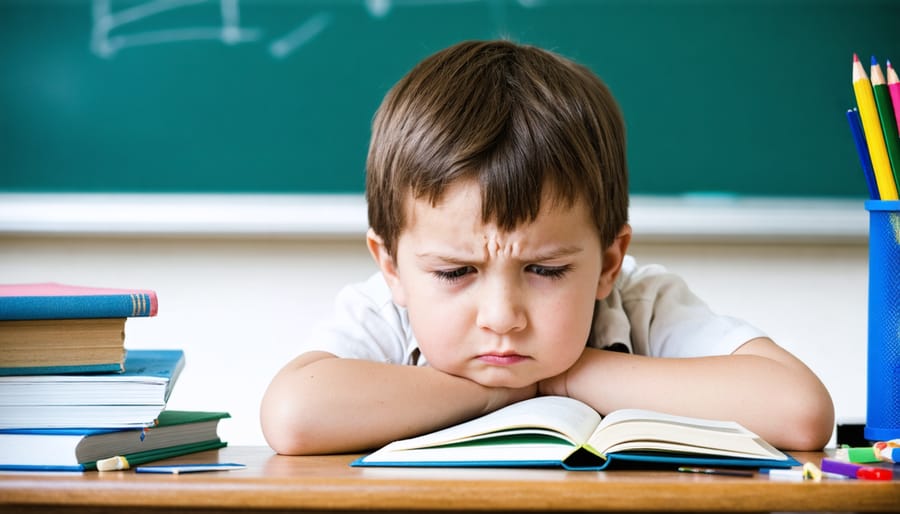
Social and Academic Challenges
Children experiencing migraines often face significant challenges in both their academic and social lives. The impact on academic performance can be particularly concerning, as frequent migraine episodes may lead to missed school days and difficulty concentrating during lessons. Many students report struggling to complete homework or participate in class activities when experiencing migraine symptoms.
Sarah, a middle school teacher, shares her observation: “I’ve seen bright students suddenly fall behind because their migraines make it impossible to focus. It’s heartbreaking to watch them try to push through the pain.”
Social relationships can also suffer as children with migraines may need to cancel plans with friends or skip extracurricular activities. This unpredictability can lead to feelings of isolation and frustration. Some children report feeling misunderstood by peers who may not grasp the severity of their condition.
These challenges can create a cycle where stress about falling behind in school or missing social events triggers more migraines, which in turn causes more missed opportunities. Parents and educators can help by creating flexible learning arrangements and maintaining open communication about the child’s needs. Supporting these children requires understanding that their struggle is real and working together to find solutions that allow them to maintain both their academic progress and social connections while managing their condition.
Recognizing Warning Signs
Physical Symptoms vs. Emotional Response
When a child experiences migraines, it’s crucial to understand the difference between physical symptoms and emotional responses, as they often intertwine. Physical symptoms typically include headache, sensitivity to light and sound, nausea, and dizziness. However, these symptoms can trigger emotional responses that might be mistaken for behavioral issues.
For example, a child experiencing a migraine might become irritable, withdrawn, or anxious – not because of a mood disorder, but as a natural response to physical discomfort. Dr. Sarah Martinez, a pediatric neurologist, explains, “Children often can’t articulate their pain levels as clearly as adults, so they might act out or become unusually quiet instead.”
Parents should note that while physical symptoms usually resolve after the migraine passes, emotional responses might linger. A child might develop anxiety about future attacks or feel frustrated about missing activities. These feelings are normal but should be monitored to ensure they don’t develop into longer-term mental health concerns.
The key is to recognize that both physical and emotional symptoms need attention and support. This understanding helps parents provide more effective care and communicate better with healthcare providers about their child’s overall well-being.
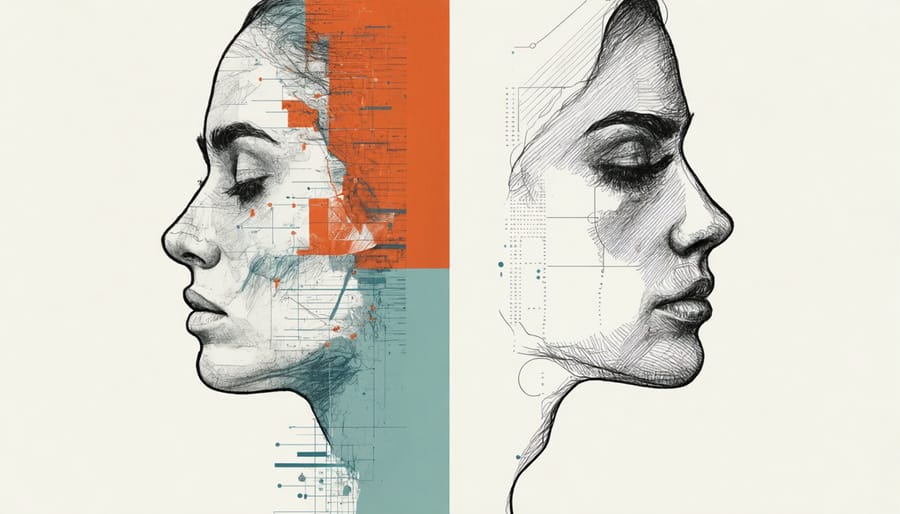
When to Seek Professional Help
While many children can manage migraines with basic support, certain situations call for professional intervention. Understanding the warning signs to watch for can help you make informed decisions about seeking additional help.
Contact a healthcare provider if your child:
– Experiences frequent migraines that significantly disrupt school attendance or daily activities
– Shows signs of anxiety or depression related to their migraine condition
– Develops new or worsening symptoms
– Has difficulty sleeping or eating due to migraine-related stress
– Withdraws from social activities or hobbies they once enjoyed
– Expresses feelings of hopelessness or being overwhelmed
– Shows changes in academic performance or behavior at school
Remember, early intervention often leads to better outcomes. Your child’s pediatrician can provide referrals to specialists like neurologists, psychologists, or counselors who specialize in helping children cope with chronic pain conditions. Don’t hesitate to reach out – seeking support shows strength, not weakness, and can make a significant difference in your child’s quality of life.
Supporting Your Child’s Mental Well-being During Migraine Treatment
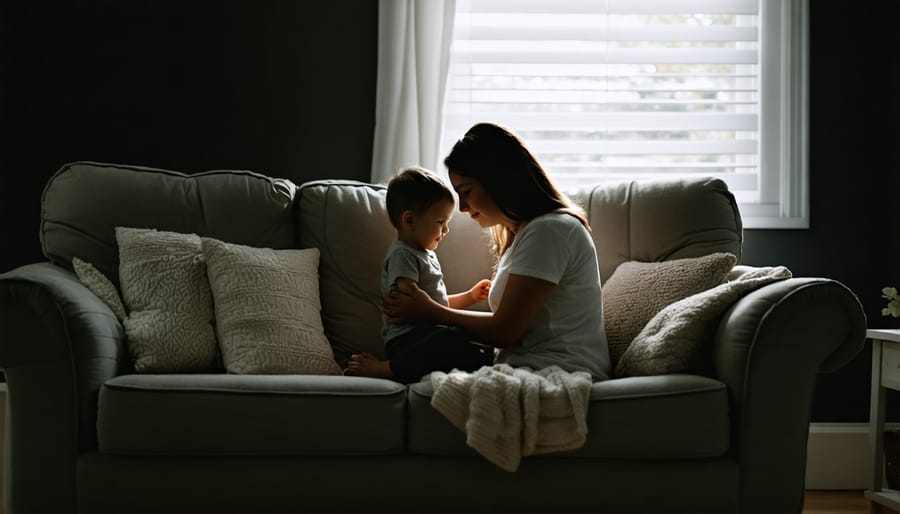
Creating a Supportive Home Environment
Creating a calm and supportive home environment is crucial when your child experiences migraines. Start by designating a quiet, comfortable space where they can retreat during episodes. This “comfort zone” should have adjustable lighting, perhaps with blackout curtains, and be away from noisy areas of the house.
Maintain consistent routines, as this helps reduce anxiety and provides a sense of security. Keep regular meal and sleep schedules, even during migraine episodes. When your child is experiencing a migraine, speak in soft, reassuring tones and avoid adding pressure or stress to the situation.
Encourage open communication about their feelings and experiences. Let them know it’s okay to express discomfort or frustration. Consider creating a simple signal system they can use to communicate their needs when speaking is difficult.
Include siblings in understanding and supporting their brother or sister during migraine episodes. Teach them about being quiet and helpful, but also ensure they don’t feel neglected when attention is focused on the affected child.
Keep a “migraine kit” readily available with comfort items like their favorite soft toy, a cool compress, and any prescribed medications. This preparation helps reduce anxiety about future episodes.
Remember to validate their experience while maintaining a positive outlook. Phrases like “We’ll get through this together” and “I’m here for you” can provide emotional support during challenging moments.
Building Coping Skills Together
Working together with your child on building coping skills can make a significant difference in managing both migraines and mental health challenges. Start with simple breathing exercises that you can practice together during calm moments. The “birthday cake” technique, where children pretend to smell a cake (inhale) and blow out candles (exhale), can be particularly effective during stress or pain.
Create a comfort corner in your home with soft pillows, stress balls, and calming items like mini light projectors or quiet music players. This gives your child a safe space to retreat when feeling overwhelmed. Encourage creative expression through drawing or journaling about their experiences – this can help them identify triggers and express difficult emotions.
Teaching body awareness through gentle stretching or child-friendly yoga poses can help kids recognize early warning signs of both migraines and anxiety. Make it fun by naming poses after animals or telling stories while practicing. Remember to celebrate small victories, like using deep breathing during a stressful moment or telling you when they feel a headache coming on.
Include regular “check-in” times where you discuss feelings using simple rating scales or emotion cards. This helps children develop the vocabulary to express their needs and builds confidence in managing their conditions.
While managing childhood migraines and their impact on mental health can feel overwhelming, there’s always hope and support available. Remember that you’re not alone in this journey – many families face similar challenges and have found effective ways to cope. Reach out to your child’s healthcare provider, who can connect you with specialized pediatric headache clinics, child psychologists, and support groups in your area. Local and online communities offer valuable resources and understanding from other parents walking the same path. With proper support, understanding, and treatment, children with migraines can thrive both physically and emotionally. Stay patient, maintain open communication with your child, and celebrate small victories along the way. Together, we can help our children build resilience and develop the tools they need to manage both their migraines and mental well-being effectively.
